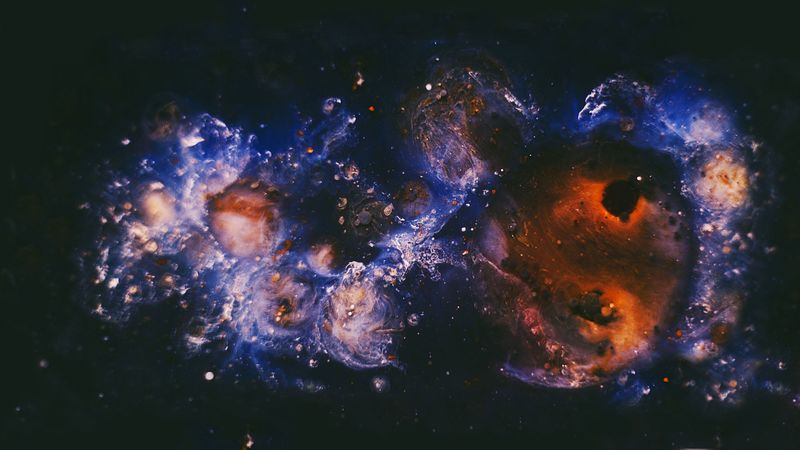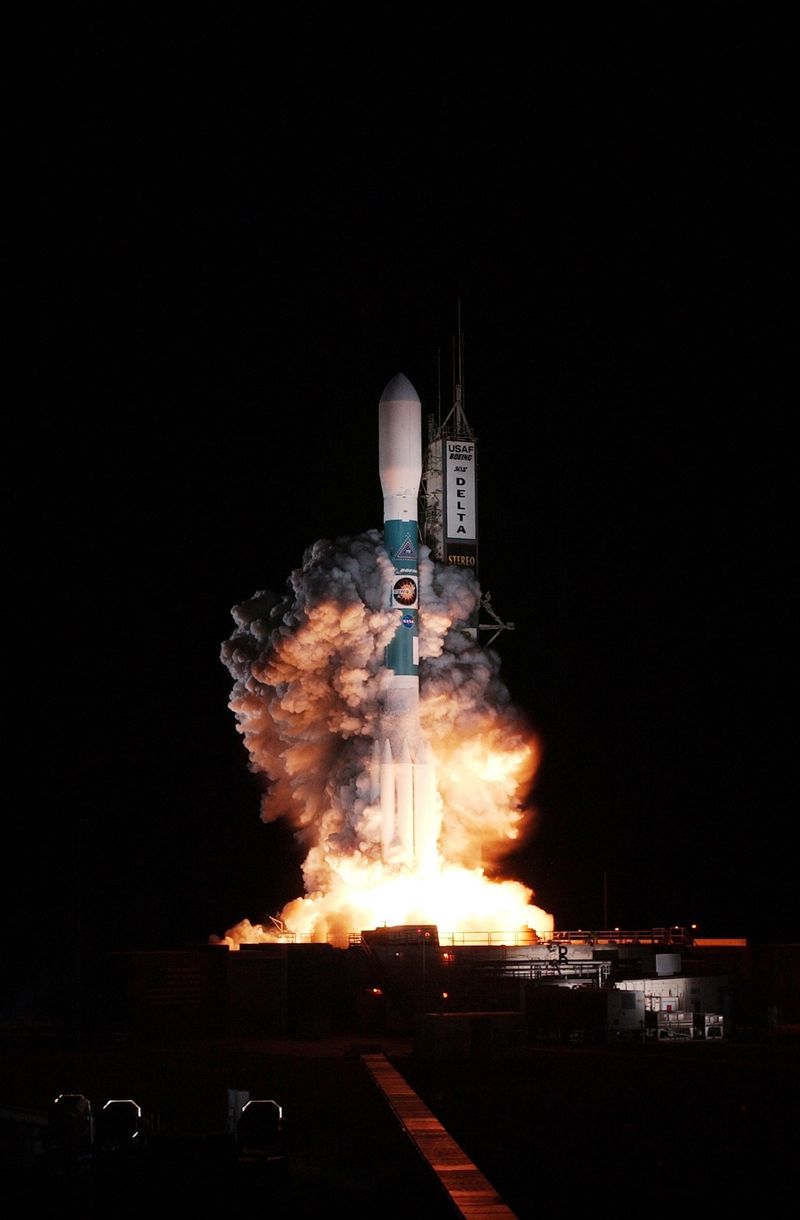ESA Ground Stations Support Chandrayaan-3 Moon Mission
In Brief
India is gearing up for its ambitious Chandrayaan-3 Moon mission, set to launch on July 14th. The mission, organized by the Indian Space Research Organisation (ISRO), will feature a lunar lander and a rover that will carry out scientific activities on the Moon’s surface for 14 days. To ensure the success of the mission, ISRO will rely on the support of ground stations around the world, with coordination from the European Space Agency (ESA) and NASA.
In-Depth: Chandrayaan-3
Chandrayaan-3 is the latest addition to ISRO‘s Chandrayaan series of lunar missions. Its primary goal is to achieve India’s first soft landing on another celestial body and to demonstrate the new technologies required for interplanetary spaceflight. The spacecraft consists of a propulsion module, a lander module, and a rover, all of which will be operated from ISRO‘s Spacecraft Control Center in Bangalore, India.
The propulsion module will carry the lander into lunar orbit, separating from it as it begins its descent to the Moon’s surface in late August. The lander module is equipped with instruments to measure surface temperature, seismic activity, and a laser retroreflector provided by NASA. The rover’s instruments will investigate the composition of lunar surface materials. Surface operations are expected to last approximately 14 days.
ESA Support to Chandrayaan-3
Communication is a crucial aspect of deep space missions, and ground stations play a vital role in maintaining contact with spacecraft as they venture into the unknowns of space. While ISRO operates its own 32-meter deep space tracking station in India, there are times when tracking or commanding a spacecraft falls outside the range of its antenna. Building new antennas and control stations around the world can be prohibitively expensive, which is why ISRO seeks support from partner organizations.
ESA, through its global ‘Estrack’ network of deep space stations, can provide assistance with tracking, commanding, and receiving data from spacecraft across the Solar System. ESA‘s 15-meter antenna in Kourou, French Guiana, will be used to track Chandrayaan-3 after launch to ensure its successful journey to the Moon. As the spacecraft moves farther away from Earth, ESA will coordinate tracking support from Goonhilly Earth Station Ltd’s 32-meter antenna in the UK. Goonhilly will play a crucial role in supporting the lander during lunar surface operations, ensuring that the science data acquired by the rover reaches ISRO in India safely.
Data and telemetry transmitted by Chandrayaan-3 will first be forwarded to ESA‘s mission control center in Darmstadt, Germany, before being sent to ISRO for analysis. This collaborative effort between ESA, NASA’s Deep Space Network, and ISRO‘s own stations ensures that the operators of Chandrayaan-3 never lose contact with their pioneering Moon craft.
Support to Additional ISRO Missions
Chandrayaan-3 is just one of two ISRO missions that ESA will support this summer. The Aditya-L1 solar observatory, set to launch in late August, will also receive tracking support from ESA. Aditya-L1, named after the Hindu Sun god, will study various properties of our star, including the dynamics and origins of coronal mass ejections. ESA‘s assistance to Aditya-L1 will involve tracking activities from its antennas in Kourou and Goonhilly, as well as the three 35-meter deep space antennas located in New Norcia, Australia, Malargüe, Argentina, and Cebreros, Spain. ESA Flight Dynamics experts also played a role in validating the orbit determination software that ISRO will use for the Aditya-L1 mission.
Discussions are underway for potential ESA ground station support for India’s first human spaceflight program, Gaganyaan.
Editorial & Role of International Collaboration
The collaboration between ISRO, ESA, and NASA is a testament to the importance of international cooperation in space exploration. By pooling resources and expertise, space agencies can achieve greater success and cost efficiency in their respective missions. The support provided by ESA‘s ground stations ensures that Chandrayaan-3 and future ISRO missions have continuous contact with Earth, enabling the transmission of crucial data and the successful execution of scientific activities.
Moreover, this collaboration fosters a spirit of unity and shared purpose in humanity’s quest to explore the cosmos. By joining forces, space agencies can tackle the challenges of space exploration together and leverage each other’s strengths. This not only benefits the participating nations but also contributes to the overall advancement of scientific knowledge and technological capabilities.
Advice to ISRO
As ISRO continues to expand its space exploration endeavors, it would be wise for the organization to further strengthen its partnerships with international space agencies. The support received from ESA and NASA in the Chandrayaan-3 mission is a valuable asset that should be leveraged to its fullest potential. By collaborating closely with these agencies, ISRO can benefit from their expertise and access to a global network of ground stations.
Furthermore, ISRO should prioritize the development of its own ground station infrastructure to reduce reliance on partner organizations. While cost considerations are important, having a robust and independent network of ground stations will enhance ISRO‘s capabilities and ensure greater control over its missions.
In conclusion, the partnership between ISRO, ESA, and NASA in the Chandrayaan-3 mission exemplifies the power of international collaboration in advancing space exploration. As ISRO continues to push the boundaries of its space missions, it should continue to nurture these partnerships and invest in its own infrastructure to strengthen its position as a key player in the global space community.

<< photo by Miriam Espacio >>
The image is for illustrative purposes only and does not depict the actual situation.
You might want to read !
- 2023 National French Fry Day: Savour Freebies and Deals on Canada’s Favourite Snack
- Dakota Fred Hurt, star of ‘Gold Rush: White Water,’ passes away at 80
- “Canadian Gold Miner and Reality TV Star ‘Dakota’ Fred Hurt Passes Away at 80”
- Dennis Rodman’s Critique of Larry Bird’s NBA Relevance Sheds Light on Modern Standards
- Italian Researchers Push the Boundaries of Space Aboard Virgin Flight
- Canadian Scientists Uncover Secrets of Titan with Recovery of Submersible Debris
- The Deep Dive Disaster: Unraveling the Mystery of Titan’s Submersible Implosion




